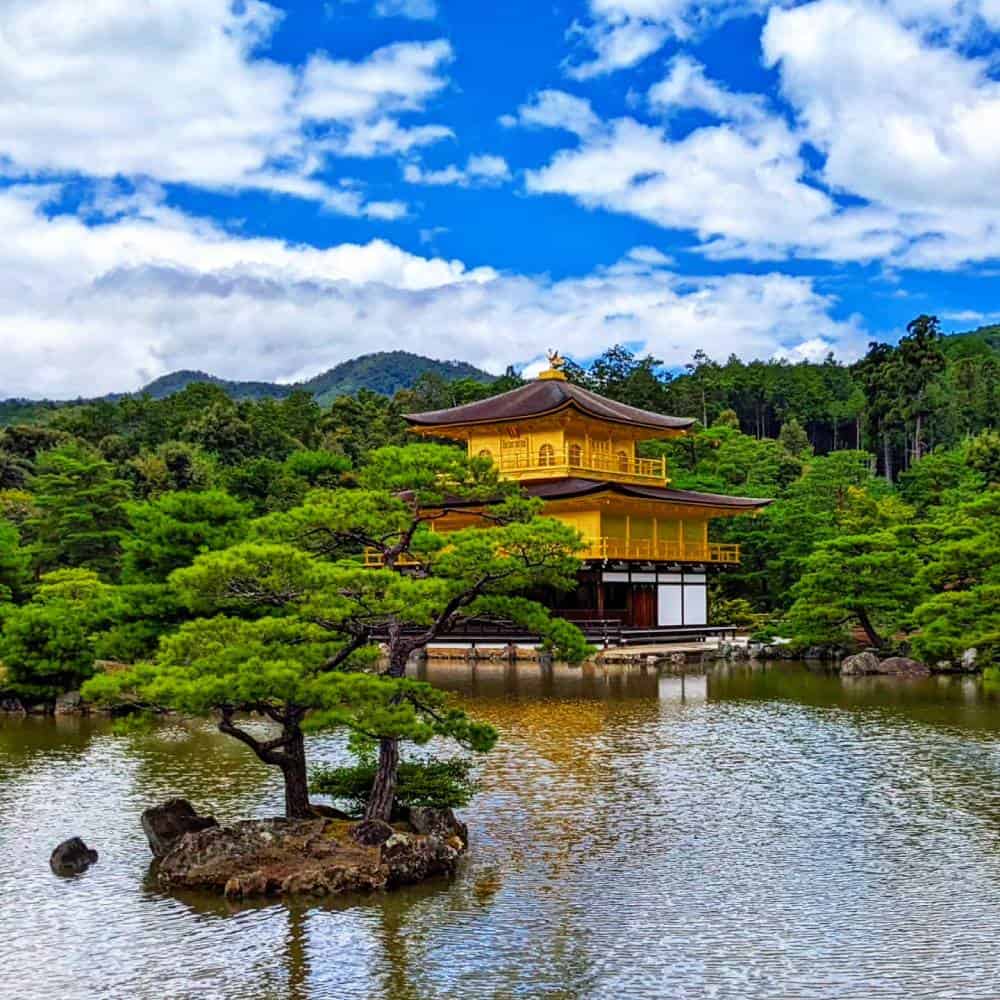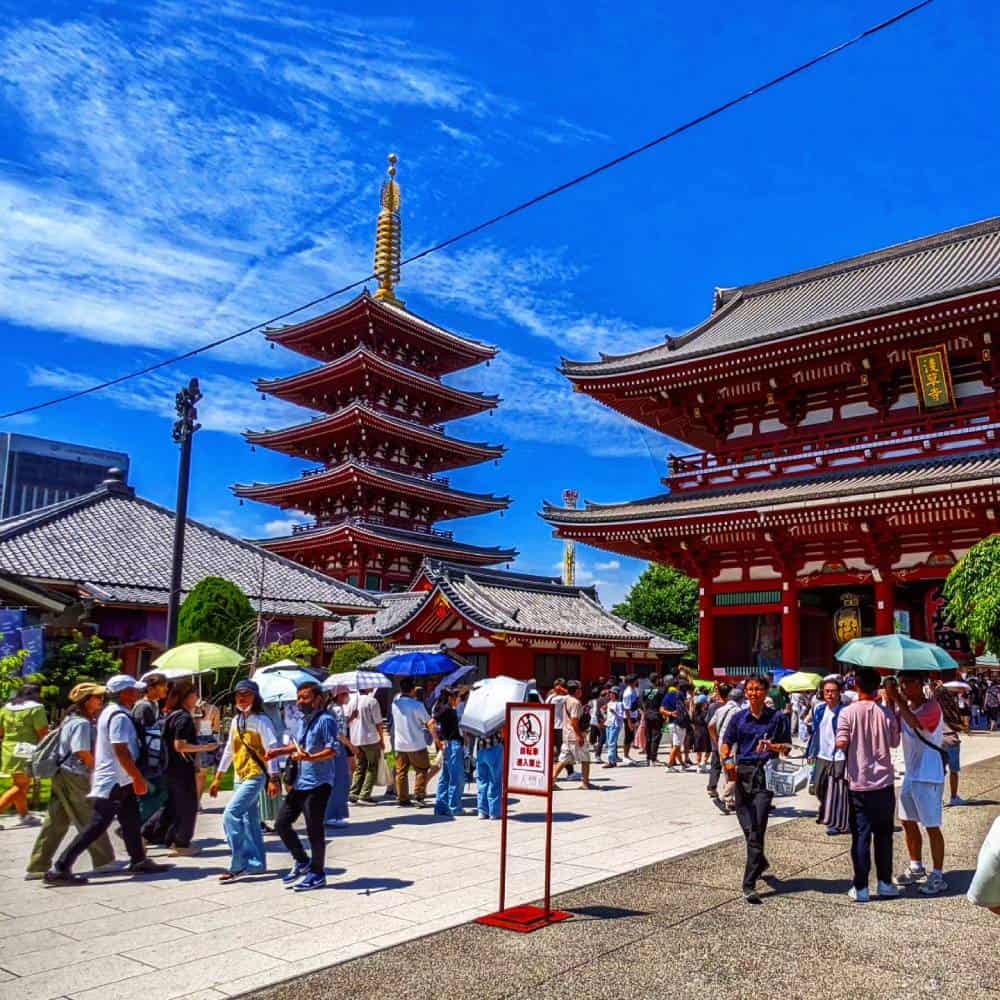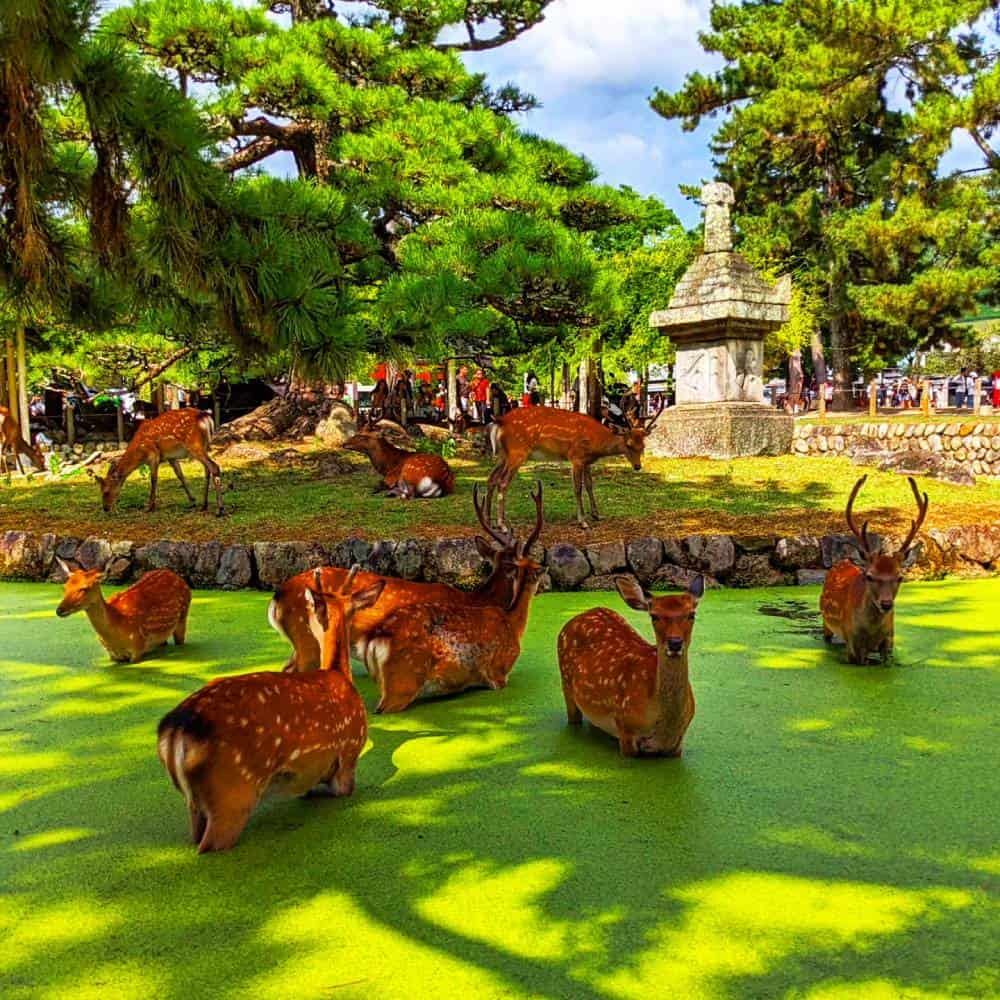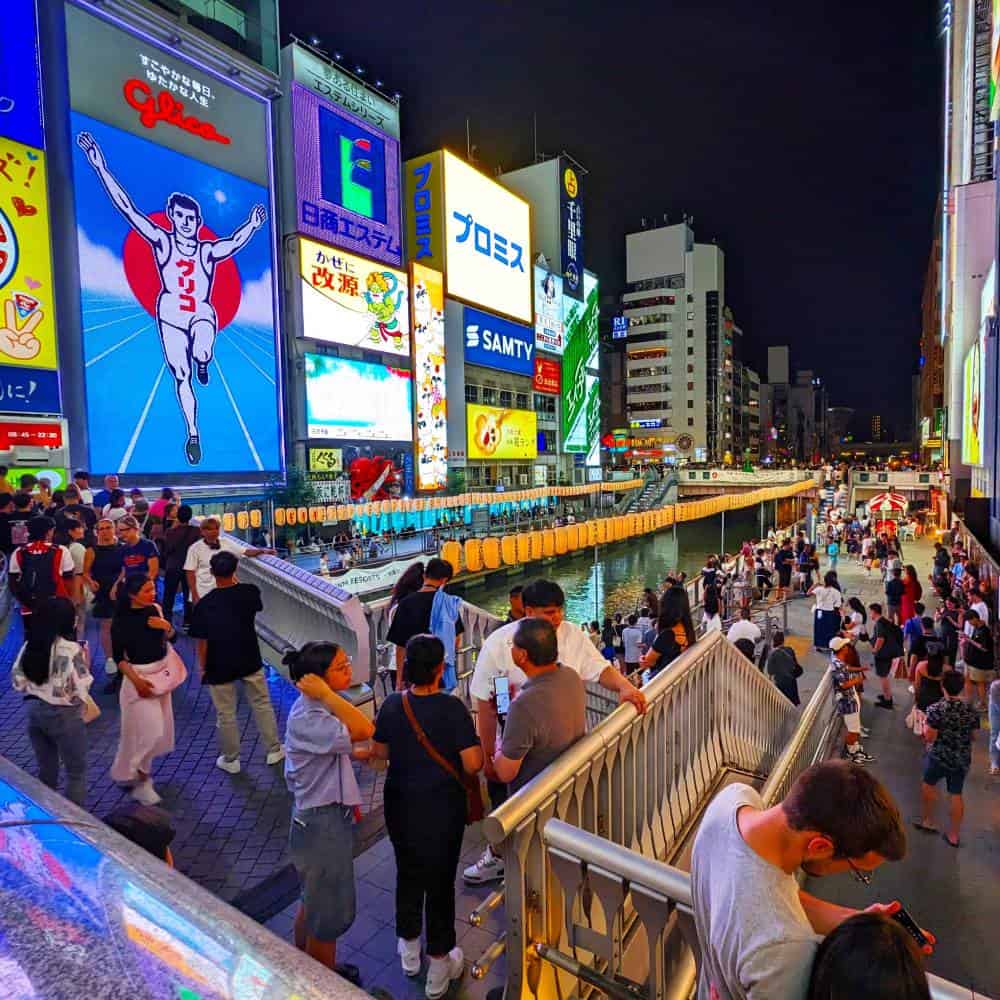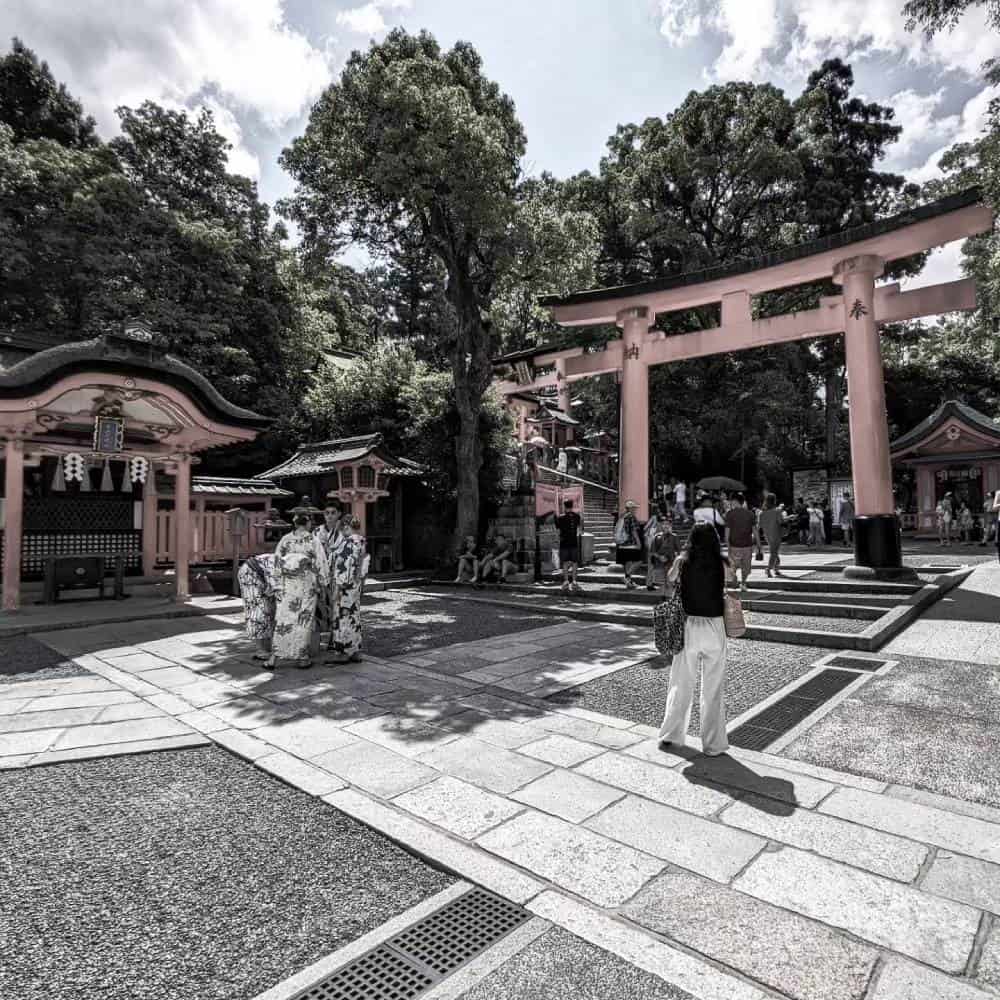
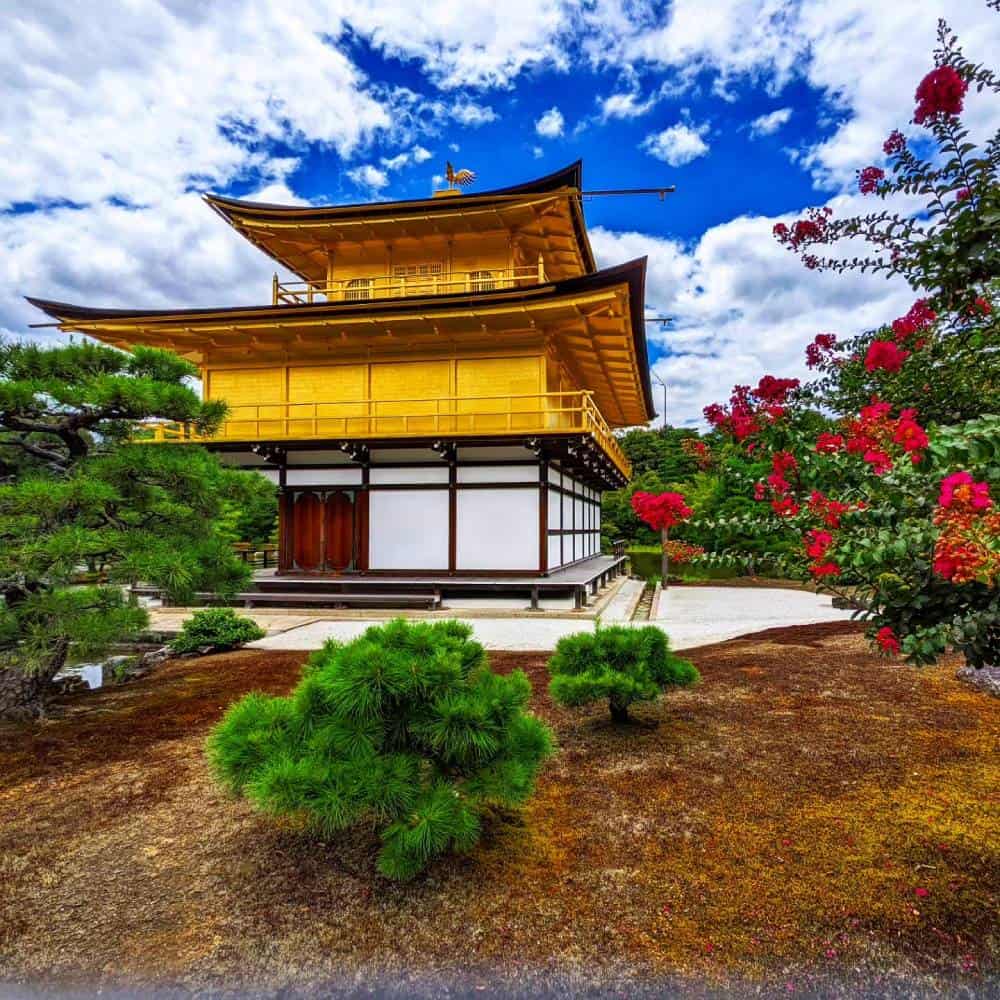
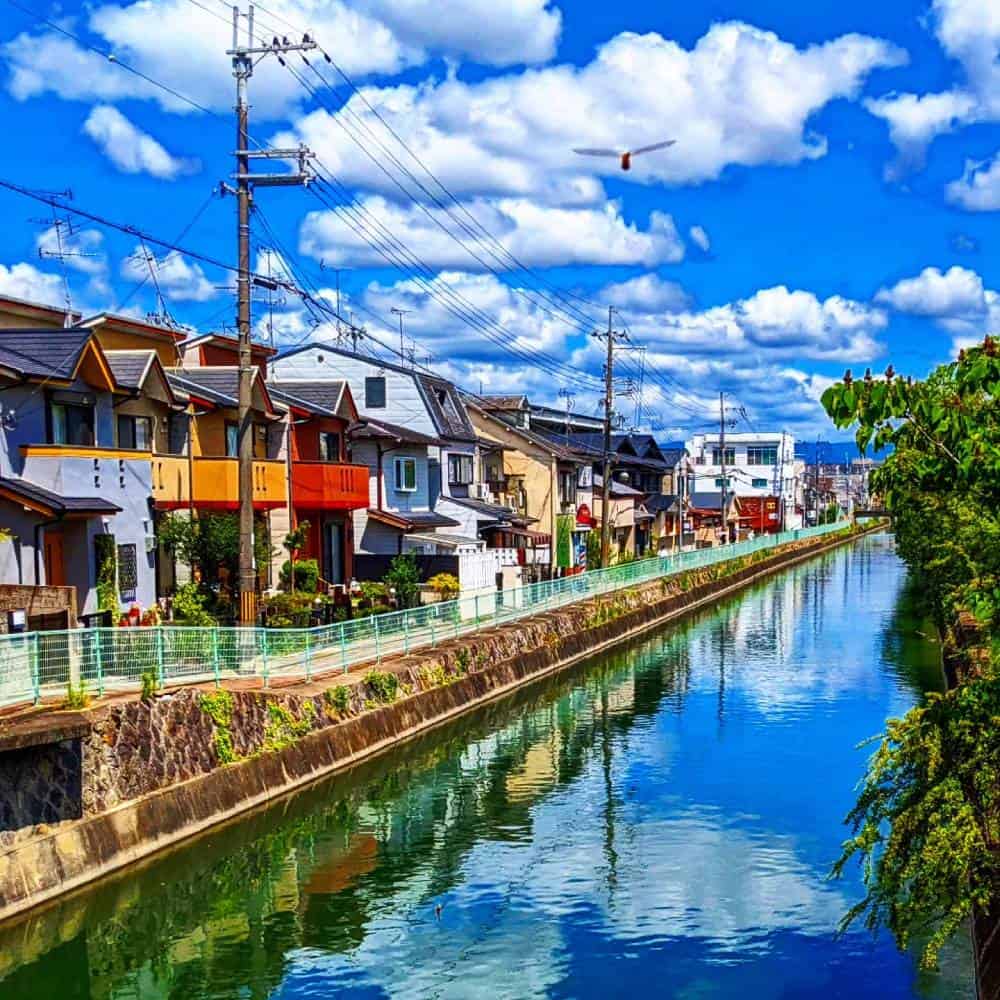
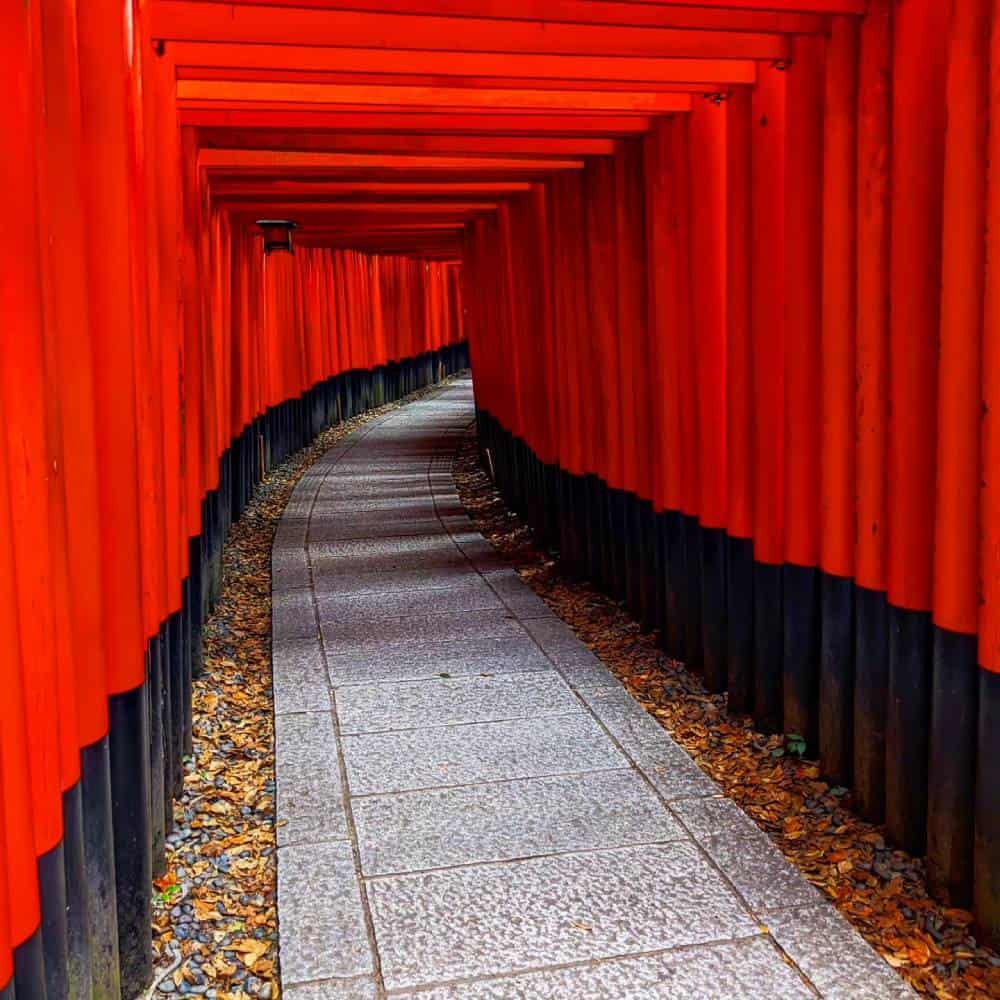
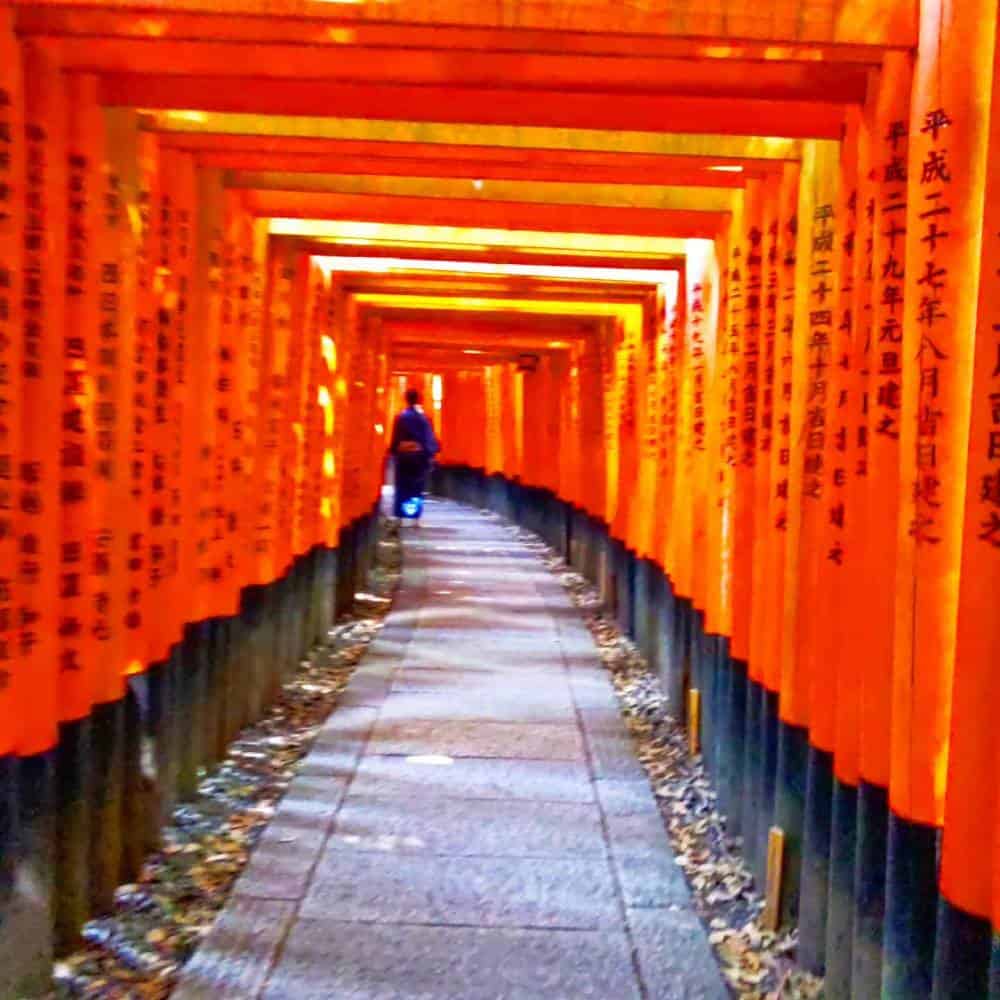
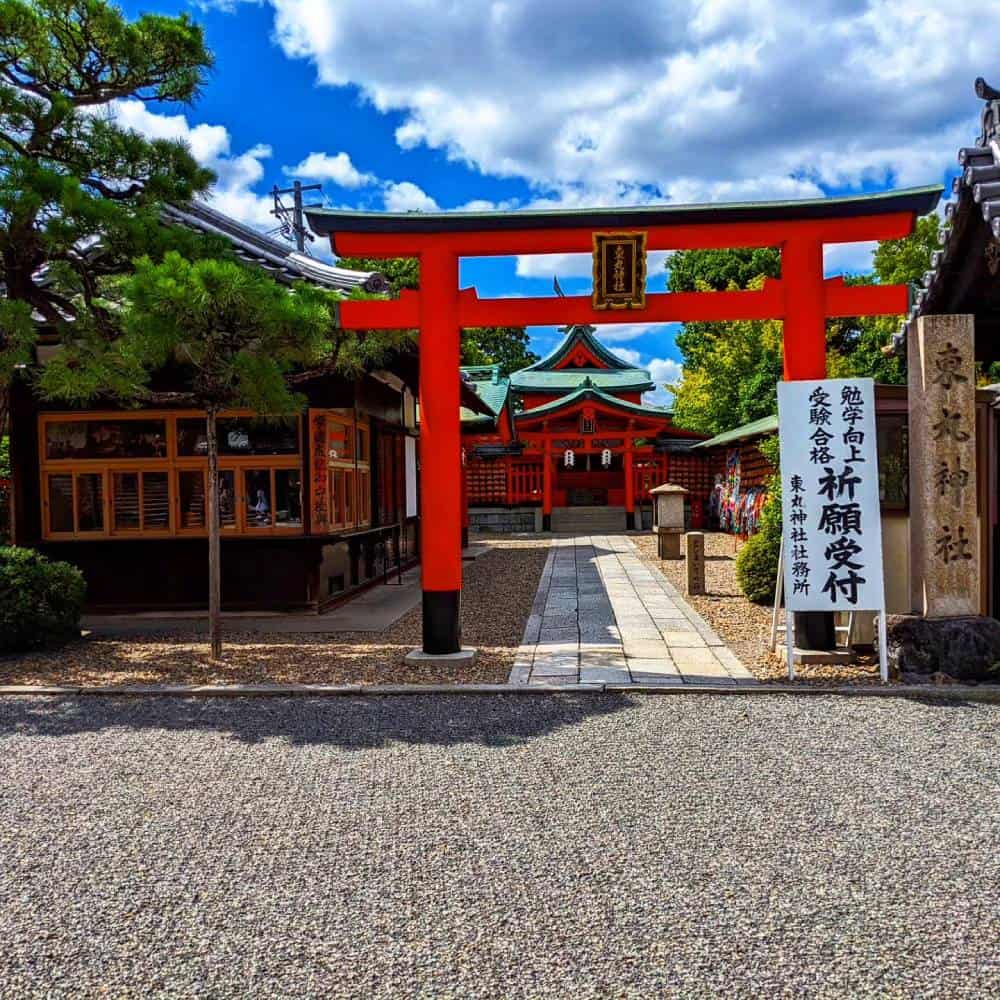
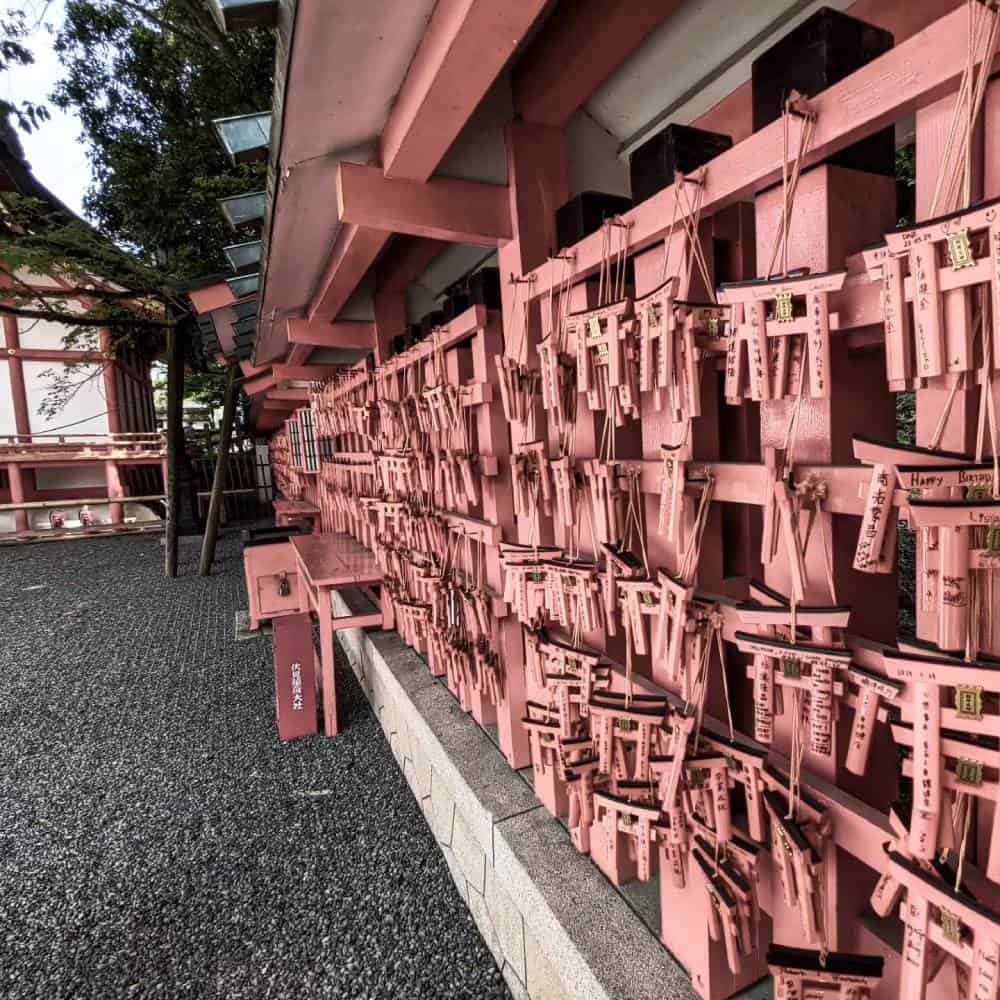
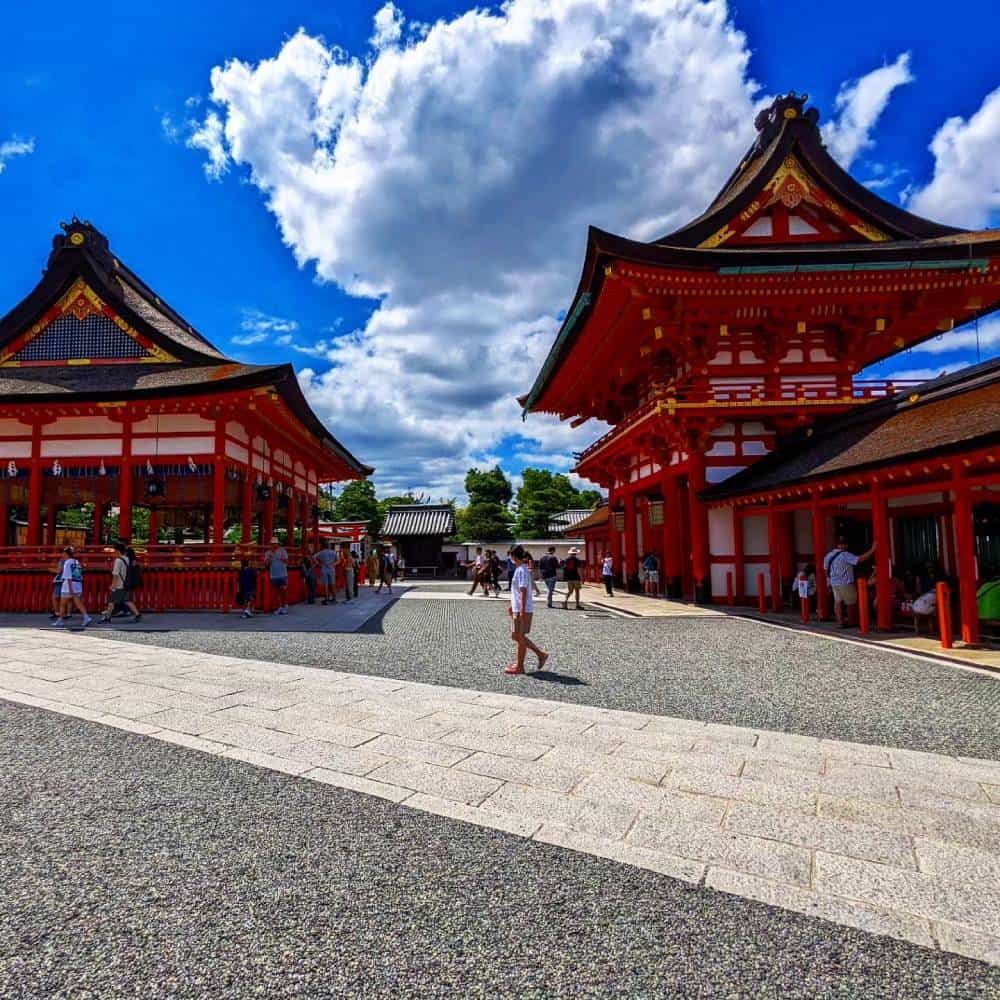
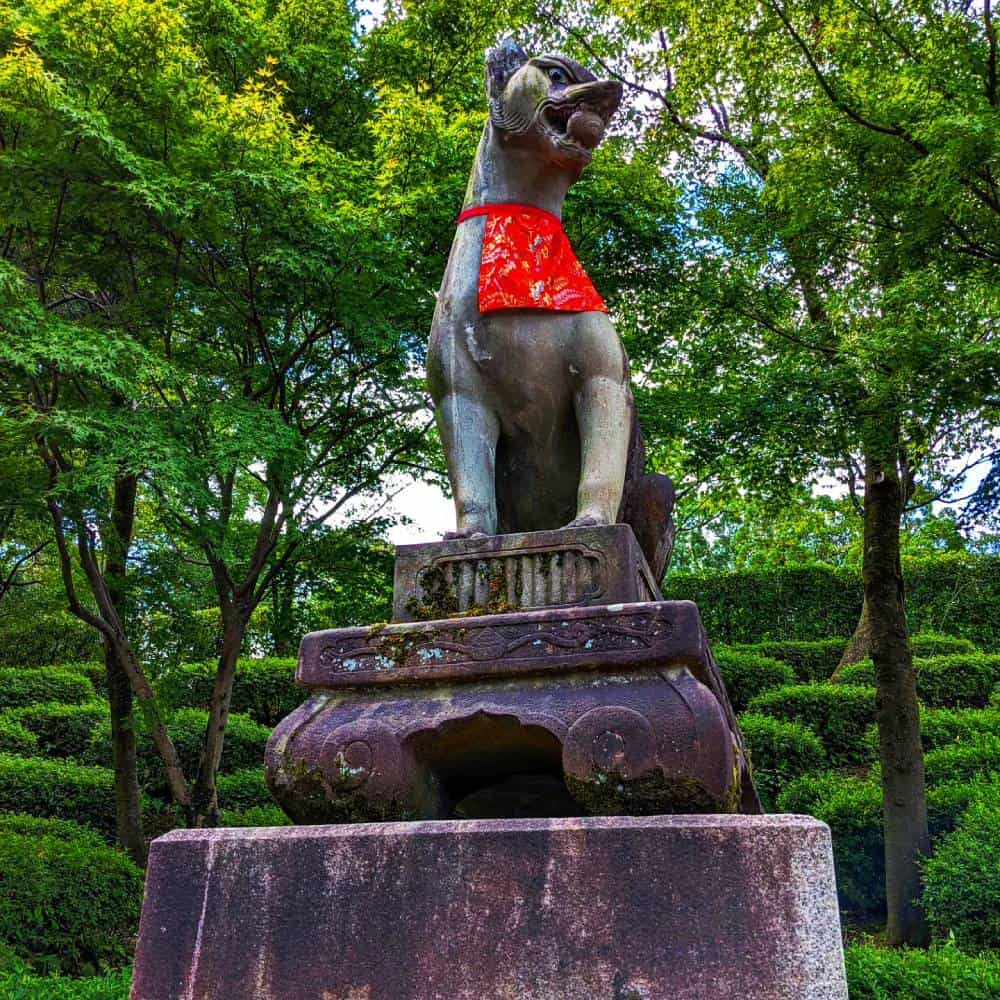
Discovering Kyoto, Japan: A Journey Through Time and Tradition
Kyoto, often referred to as the cultural heart of Japan, is a city that effortlessly blends its ancient past with modern-day vibrancy. As the former imperial capital of Japan for over a thousand years, Kyoto is rich in history, boasting an impressive array of temples, shrines, gardens, and traditional tea houses. This city is a haven for those who wish to experience the essence of traditional Japan, with every corner offering a glimpse into the country’s deep-rooted culture. In this guide, we will explore Kyoto’s most captivating attractions, day tour options, and fun activities that will make your visit truly unforgettable.
Exploring Eastern Kyoto
Fushimi Inari Taisha
Begin your journey in Kyoto with a visit to Fushimi Inari Taisha, one of the most iconic and important Shinto shrines in Japan. Famous for its thousands of vermilion torii gates that wind their way up Mount Inari, this shrine is dedicated to Inari, the Shinto god of rice and prosperity.
Activities:
- Walk through the seemingly endless path of torii gates, which lead up to the sacred Mount Inari.
- Explore the smaller shrines and statues of foxes, which are considered messengers of Inari, scattered throughout the mountain.
- Hike to the summit of Mount Inari for panoramic views of Kyoto.
Tip: Arrive early in the morning to avoid the crowds and experience the tranquility of the shrine.
Kiyomizu-dera Temple
Next, head to Kiyomizu-dera, one of Kyoto’s most celebrated temples, founded in 778 AD. The temple is best known for its wooden stage that juts out from the main hall, offering stunning views of the city and the surrounding forests, especially during the cherry blossom and autumn foliage seasons.
Activities:
- Enjoy the breathtaking views from the temple’s wooden terrace.
- Visit the Otowa Waterfall at the base of the main hall, where visitors can drink from one of the three streams, each believed to grant a different wish (long life, success, or love).
- Explore the Jishu Shrine, located within the temple grounds, which is dedicated to the deity of love and matchmaking.
Tip: Wear comfortable shoes as the walk to Kiyomizu-dera involves climbing a steep hill.
Higashiyama District
After visiting Kiyomizu-dera, take a leisurely stroll through the Higashiyama District, a well-preserved historic area that captures the atmosphere of old Kyoto. The narrow lanes, wooden buildings, and traditional shops selling Kyoto crafts and souvenirs make this area a delight to explore.
Activities:
- Visit the various tea houses and cafes for a taste of traditional Japanese sweets and matcha tea.
- Shop for unique souvenirs such as Kyoto ceramics, fans, and kimono fabrics.
- Wander through the quaint streets of Ninenzaka and Sannenzaka, two picturesque lanes that lead down from Kiyomizu-dera.
Tip: This area is particularly beautiful in the evening when the streets are lit by lanterns, creating a romantic atmosphere.
Gion District
As the day transitions into evening, head to the Gion District, Kyoto’s famous geisha district. Gion is a place where traditional Japanese culture is still very much alive, with its teahouses, ochaya (geisha houses), and ryokan (traditional inns).
Activities:
- Stroll along Hanami-koji Street, where you may spot geiko (Kyoto dialect for geisha) and maiko (apprentice geisha) as they hurry to their evening appointments.
- Visit the Yasaka Shrine, located at the end of Shijo Avenue, which is beautifully illuminated at night.
- Attend a cultural performance at Gion Corner, where you can experience traditional Japanese arts such as tea ceremonies, ikebana (flower arranging), and Kyomai (Kyoto-style dance performed by maiko).
Tip: If you’re interested in dining in a traditional kaiseki (multi-course) restaurant, Gion offers some of Kyoto’s finest establishments. Reservations are recommended.
Northern Kyoto – Temples, Gardens, and the Philosopher’s Path
Kinkaku-ji (The Golden Pavilion)
Start your day with a visit to Kinkaku-ji, also known as the Golden Pavilion. This Zen Buddhist temple is one of Kyoto’s most iconic sights, famous for its stunning golden exterior that reflects beautifully in the surrounding pond.
Activities:
- Take in the breathtaking views of the Golden Pavilion from across the pond.
- Stroll through the beautifully landscaped gardens surrounding the temple.
- Visit the small Sekkatei Teahouse, located within the temple grounds, which offers a peaceful retreat.
Tip: Kinkaku-ji can get crowded, so visiting early in the morning is ideal for a more serene experience.
Ryoan-ji Temple
A short distance from Kinkaku-ji is Ryoan-ji Temple, renowned for its rock garden, which is one of the most famous examples of Zen landscaping in Japan. The garden’s simple yet profound design invites contemplation and meditation.
Activities:
- Sit quietly in front of the rock garden and reflect on its minimalist beauty.
- Explore the temple grounds, which include a tranquil pond and walking paths.
- Visit the Hojo, the former residence of the head priest, which features beautiful tatami rooms with sliding doors.
Tip: The rock garden is a popular spot for quiet reflection, so try to visit during off-peak hours for a more peaceful experience.
The Philosopher’s Path
In the afternoon, head to the Philosopher’s Path, a scenic stone path that follows a canal lined with hundreds of cherry trees. The path is named after Nishida Kitaro, one of Japan’s most famous philosophers, who is said to have meditated while walking this route.
Activities:
- Take a leisurely walk along the Philosopher’s Path, especially beautiful during the cherry blossom season in spring and the vibrant foliage in autumn.
- Explore the numerous temples and shrines located along the path, such as Honen-in, Anrakuji, and Eikan-do.
- Stop by the small shops, cafes, and galleries that line the path for a relaxing break.
Tip: The path is about 2 kilometers long and is perfect for a peaceful afternoon stroll.
Ginkaku-ji (The Silver Pavilion)
End your day with a visit to Ginkaku-ji, or the Silver Pavilion, another Zen temple that, despite its name, is not covered in silver. Originally intended to be a retirement villa for the shogun Ashikaga Yoshimasa, it became a temple after his death. Ginkaku-ji is known for its beautiful moss garden and sand garden, which are meticulously maintained.
Activities:
- Walk through the serene gardens, which include a sand garden featuring a carefully shaped cone of white sand known as the “Moon Viewing Platform.”
- Explore the wooded grounds and enjoy the view of the Silver Pavilion from different angles.
- Visit the Togudo, a hall within the temple grounds that houses a statue of the temple’s founder.
Tip: The temple is less crowded in the late afternoon, providing a more tranquil experience.
Southern Kyoto – Bamboo Groves, Tea, and Traditional Craftsmanship
Arashiyama Bamboo Grove
Begin your day in the Arashiyama District, located in western Kyoto. The Arashiyama Bamboo Grove is one of the most photographed spots in Japan, offering a magical experience as you walk through the towering bamboo stalks.
Activities:
- Stroll through the bamboo grove, letting the sight and sound of the swaying bamboo transport you to another world.
- Visit the nearby Tenryu-ji Temple, a UNESCO World Heritage Site with a beautiful garden designed by the famous landscape architect Muso Soseki.
- Explore the Okochi-Sanso Villa, the former residence of a famous Japanese actor, which offers stunning views of the surrounding mountains and Kyoto city.
Tip: Visit early in the morning or late in the afternoon to avoid the crowds and enjoy the grove’s tranquil atmosphere.
Togetsukyo Bridge and Hozu River
After exploring the bamboo grove, head to the Togetsukyo Bridge, a landmark of Arashiyama that spans the Hozu River. The bridge offers picturesque views of the river and the surrounding mountains, especially during the cherry blossom and autumn foliage seasons.
Activities:
- Take a boat ride on the Hozu River for a relaxing experience, with the option of traditional wooden boats or more modern sightseeing cruises.
- Rent a bicycle and explore the scenic paths along the river.
- Visit the nearby Monkey Park Iwatayama, where you can interact with wild Japanese macaques while enjoying panoramic views of Kyoto.
Tip: If visiting in the winter, consider taking a boat ride to view the snow-covered landscape, which adds a serene beauty to the surroundings.

